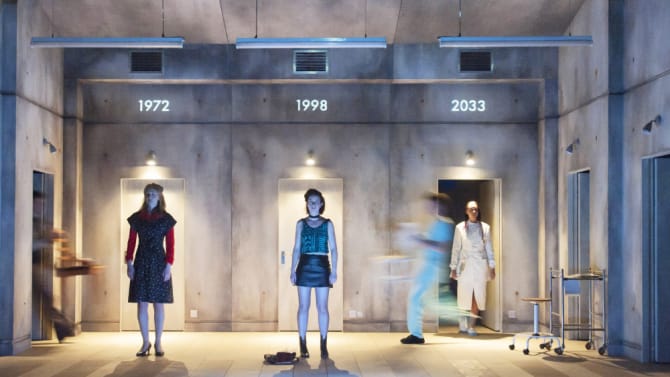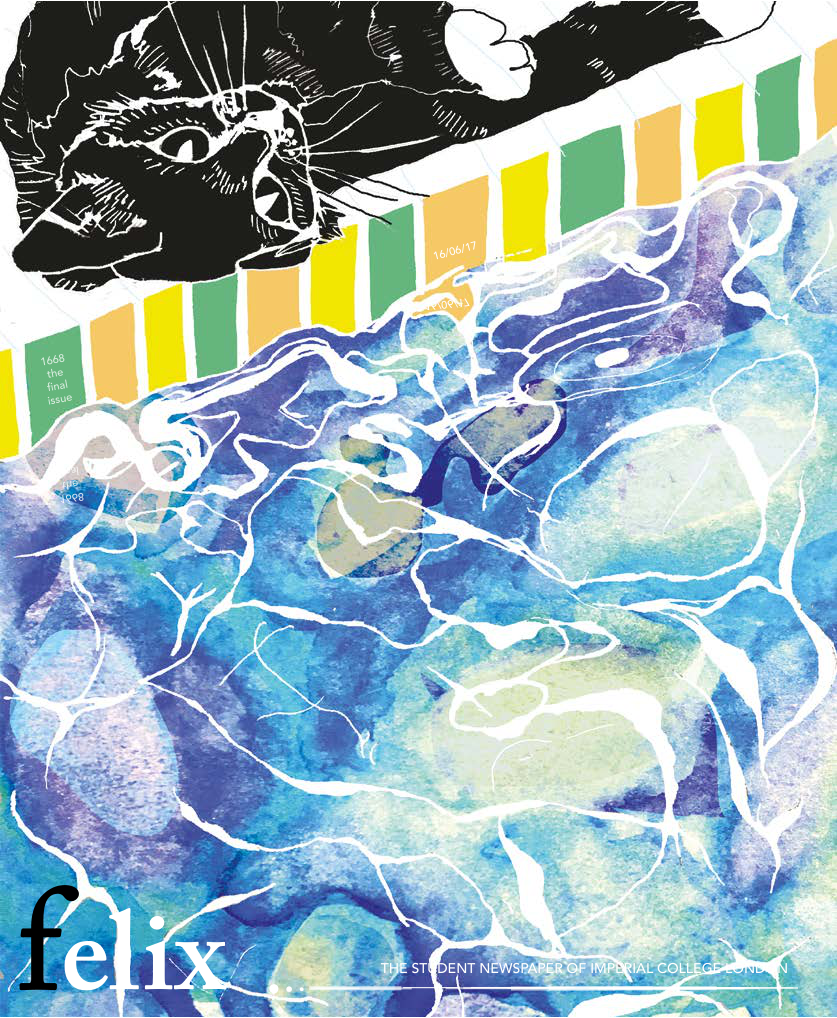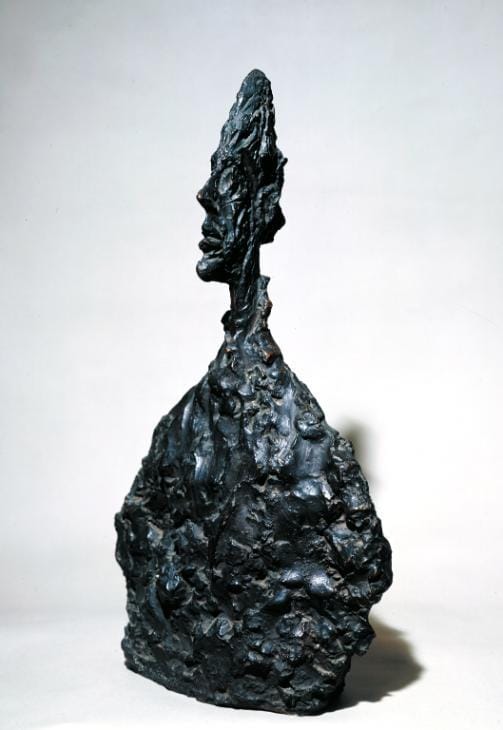Anatomy of a Suicide | Alice Birch weaves a story of three women bound together by mental illness
Delicate, lyrical, and moving; Anatomy of a Suicide is a theatrical experience

Anatomy of a Suicide follows the stories of three generations of women of the same family, linked together not only by their genetic heritage, but also by the same emotions and struggles as they battle with mental illness. Carol is a 1970s housewife, struggling to find reasons to stay in the world. Almost 30 years later, in the late 90s, Anna, her daughter, is struggling with a drug addiction, triggered by the loss of her mother. 30 years after still, we meet Bonnie, a busy doctor in an A&E department, who is coping admirably with the stress of her work, but is closed off and distant, famous for not interacting with her colleagues outside work.
The three stories unfold simultaneously in front us, the dialogue spilling over between the three scenes. It should be confusing, especially given the small stage of the Royal Court, but the staging is such that each story is clear in its own right and carries its own weight. The staging is hauntingly beautiful and one of the best features of the play. The stage is a sparse grey, split in thirds, one for each protagonist. The supporting cast revolve around the three women, sometimes playing different roles and other times, older versions of the same characters. This gives a beautiful sense of continuity; there is a strong sense that we are watching the same story unfurl whilst affixed to three different axes. Between scenes, each of the central characters are repositioned by the people around them. Stripped and redressed by the supporting cast; they are moved like dolls in their own stories. By so viscerally taking agency from the characters we experience the sense of helplessness and inevitability that reverberates throughout each story.
The stage is split in three but actors move across the decades, lines of dialogue spill over; there is a strong sense that we are watching the same story unfurl whilst affixed to three different axes.
Alice Birch’s writing is achingly beautiful, each character’s story stands apart, but the dialogue intersects between them, reused and echoed, seamlessly weaving them together. “Are you happy?” is a recurring refrain, spoken to each of the characters at one point or other, but is never as straightforward a question as it seems. Director Katie Birch’s work complements Birch’s writing perfectly as the stories come together visually in a way that reflects the writing. Each story fills its own space, merging with its neighbour, but never completely invading it.
The three main actors are equally brilliant. Hattie Morahan as Carol conveys a silent, but poetic resignation. Katie O’Flynn brings a real raw emotion to Anna in her desperate monologues and the physicality of her acting. Adelle Leonce’s Bonnie is restrained and calm, her subtle performance perfectly capturing the character’s suppressed anguish.
The story isn’t without flaws- the focus on suicide, whilst true to the name of the play, doesn’t do justice to the complexity of mental illness faced by each of the three women and, on occasion, the recurring themes and pieces of dialogue feel repetitive. But these are minute flaws in what is otherwise an overwhelmingly moving piece of work. The intensity of Anatomy of a Suicide is something few plays manage to capture; it is an experience in itself.
4 stars. Anatomy of a Suicide is on at the Royal Court until 8th July. Tickets from £12









